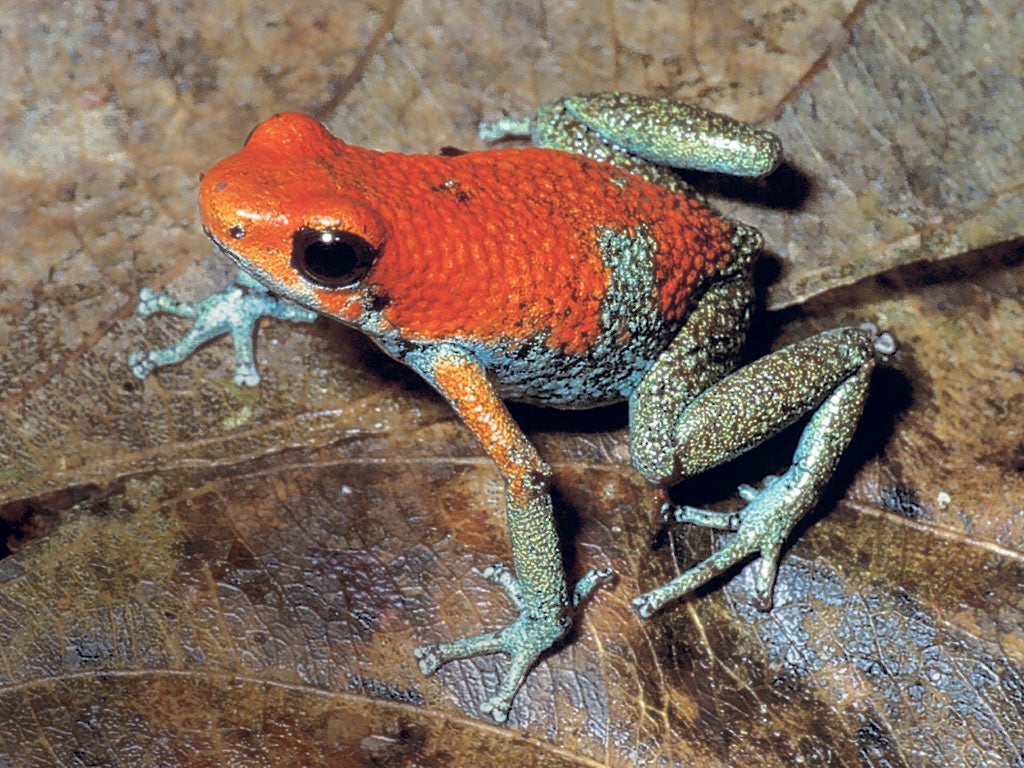Amphibians face faster demise from multiple threats

Your support helps us to tell the story
From reproductive rights to climate change to Big Tech, The Independent is on the ground when the story is developing. Whether it's investigating the financials of Elon Musk's pro-Trump PAC or producing our latest documentary, 'The A Word', which shines a light on the American women fighting for reproductive rights, we know how important it is to parse out the facts from the messaging.
At such a critical moment in US history, we need reporters on the ground. Your donation allows us to keep sending journalists to speak to both sides of the story.
The Independent is trusted by Americans across the entire political spectrum. And unlike many other quality news outlets, we choose not to lock Americans out of our reporting and analysis with paywalls. We believe quality journalism should be available to everyone, paid for by those who can afford it.
Your support makes all the difference.Many of the world's amphibians are likely to go extinct faster than expected because of a combination of environmental threats working in unison, a study has found.
Conservationists estimate that about a third of the estimated 6,000 amphibian species in existence – including frogs, toads, newts and salamanders – are currently threatened. The study estimates that climate change and habitat loss will combine to accelerate the rate at which species will disappear.
Scientists analysed the geographical spread of the main threats to amphibians and found that the richest regions in terms of biodiversity are also the ones that are under the greatest threat from climate change and the loss of habitats caused by changes to the way land is used. Instead of acting independently, climate change and habitat loss combined to hit amphibians particularly hard, making it very difficult for them to recover.
"We looked at three major threats to amphibians – climate change, land-use and fungal disease – and mapped the level of the threats on a global scale," said Professor Carsten Rahbek of Copenhagen University, who led the study published in the journal Nature.
"We found there is nowhere to go; nowhere to hide. The three threats cover the globe. We found that habitat destruction and climate change are additive effects and they go hand in hand," said Professor Rahbek.
"They also hit the places on Earth where there are the most species. Our assessment shows amphibian declines are likely to accelerate over the next decades, as multiple drivers of extinction could jeopardise their populations more than previous, mono-causal assessments have suggested."
Join our commenting forum
Join thought-provoking conversations, follow other Independent readers and see their replies
Comments